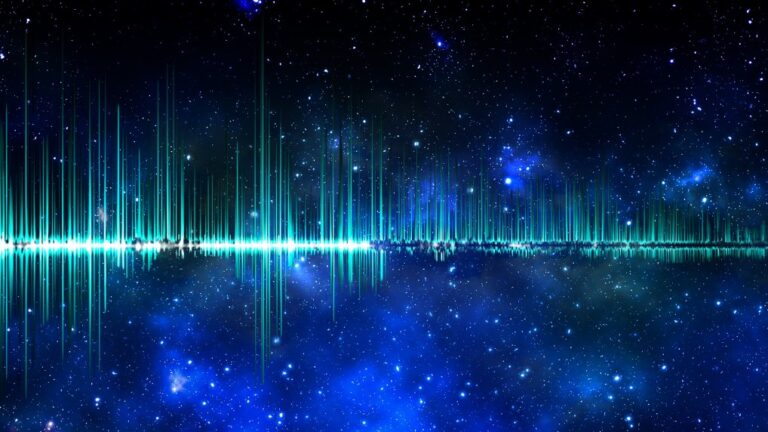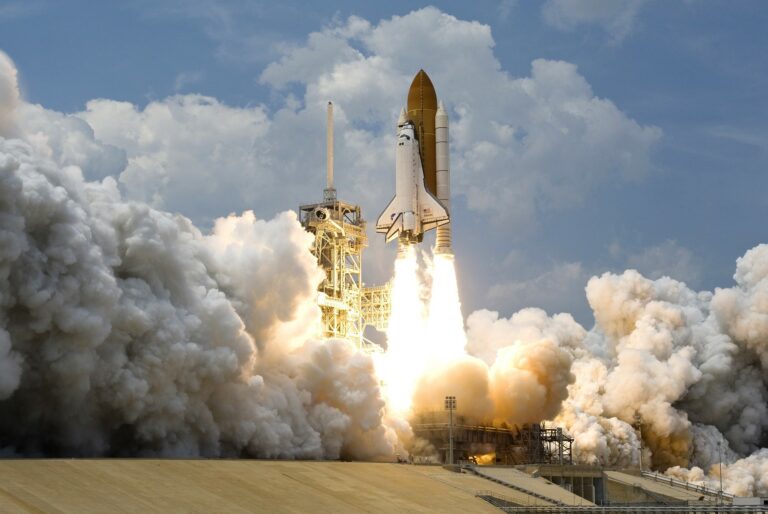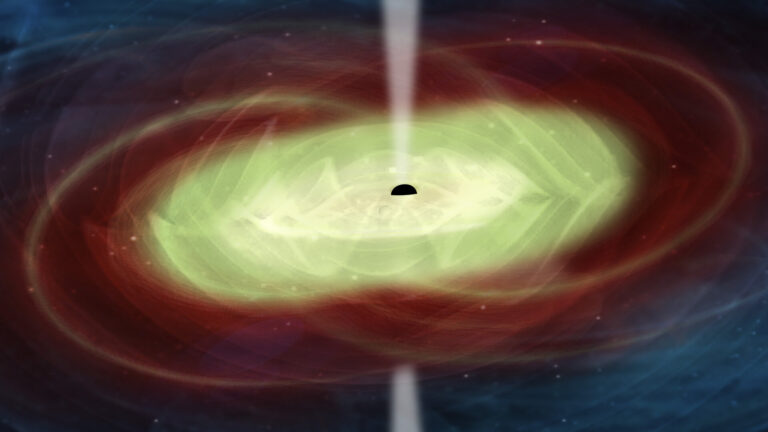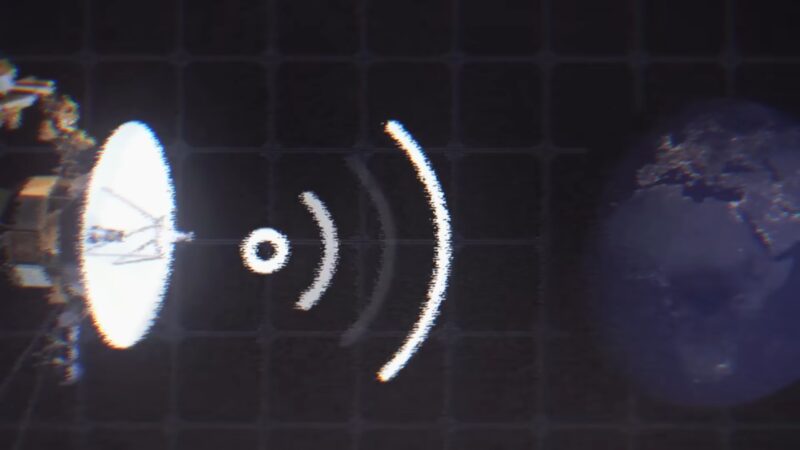The Voyager 2 mission, launched by NASA in 1977, stands as a pillar of human achievement in space exploration.
Recently, the spacecraft experienced a significant communication blackout due to an antenna misalignment. Let’s see what happened.
Incident Overview
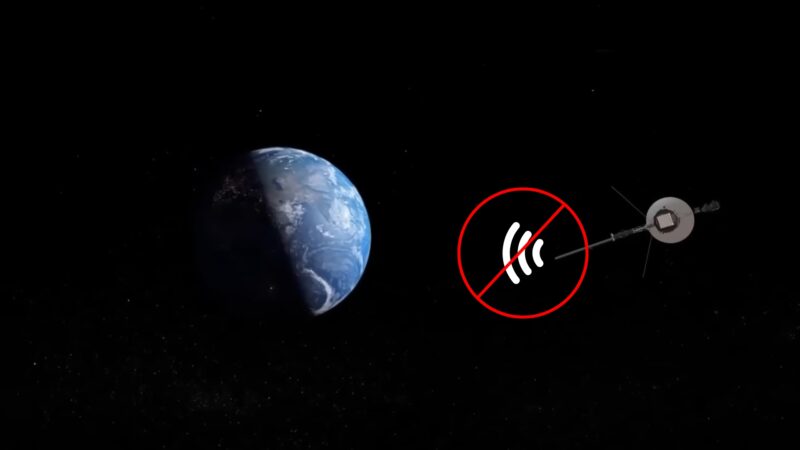
In early 2023, NASA’s Voyager 2 spacecraft unexpectedly stopped communicating with Earth.
The communication loss was traced back to a critical misalignment of its antenna, likely caused by a minor shift in its trajectory or a malfunction in its orientation systems.
This misalignment prevented the antenna from pointing directly at Earth, thereby disrupting the transmission of data and receiving commands, critical for the spacecraft’s operation and scientific objectives.
Response and Solutions
Upon detecting the loss of communication, engineers at NASA’s Jet Propulsion Laboratory sprang into action.
They utilized the “interstellar shout” method, which involves sending a series of loudly amplified signals in hopes that one would align closely enough to be detected by Voyager 2.
The role of the Deep Space Network was pivotal, as its powerful antennas across the globe focused on maximizing signal reach and clarity.
After numerous attempts and adjustments in signal strategy, a faint response was finally detected, indicating that the message had reached the spacecraft.
Success and Confirmation
The strategy paid off on August 4, 2023, when a weak but clear signal from Voyager 2 confirmed the realignment of its antenna.
Engineers quickly capitalized on this communication window to send further corrective commands, ensuring more stable future interactions.
The telemetry received post-restoration provided not only relief but also a wealth of scientific data that had accumulated during the blackout period.
Technical Challenges and Mitigation
The incident highlighted several challenges, notably the vast distance—over 11 billion miles from Earth—and the aging technology aboard Voyager 2.
The engineers faced the daunting task of modulating and directing signals across the solar system with precision. To minimize future risks, NASA has updated its monitoring protocols and introduced more rigorous checks on spacecraft alignment and signal integrity.
That way, they ensured that even minor anomalies were addressed promptly to prevent communication losses.
Continuing Mission and Future Plans
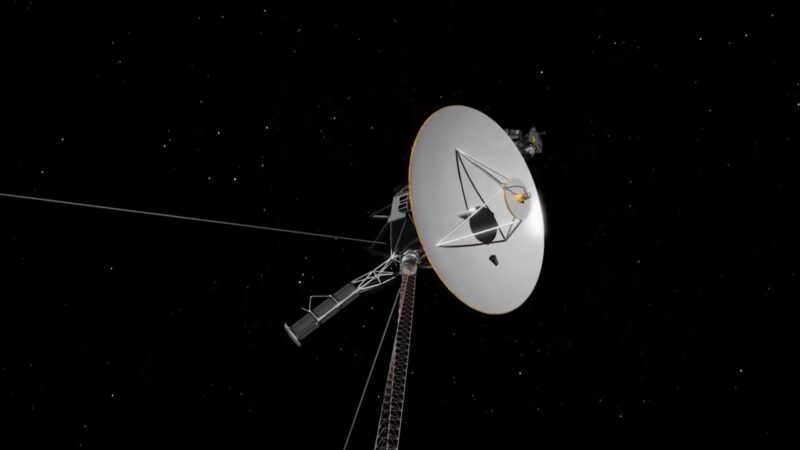
As of 2023, Voyager 2 continues its valiant journey into interstellar space, with its mission objectives updated to reflect the new data and adjusted goals.
NASA’s plans include refined power conservation strategies to extend the spacecraft’s operational life.
By reducing power consumption on non-essential systems and optimizing the operational schedules of scientific instruments, NASA aims to extend the operational life of Voyager 2 by several years. The importance of these strategies cannot be overstated.
They are critical for continuing to gather and transmit valuable scientific insights from the threshold of our solar system and into the vastness of interstellar space.




